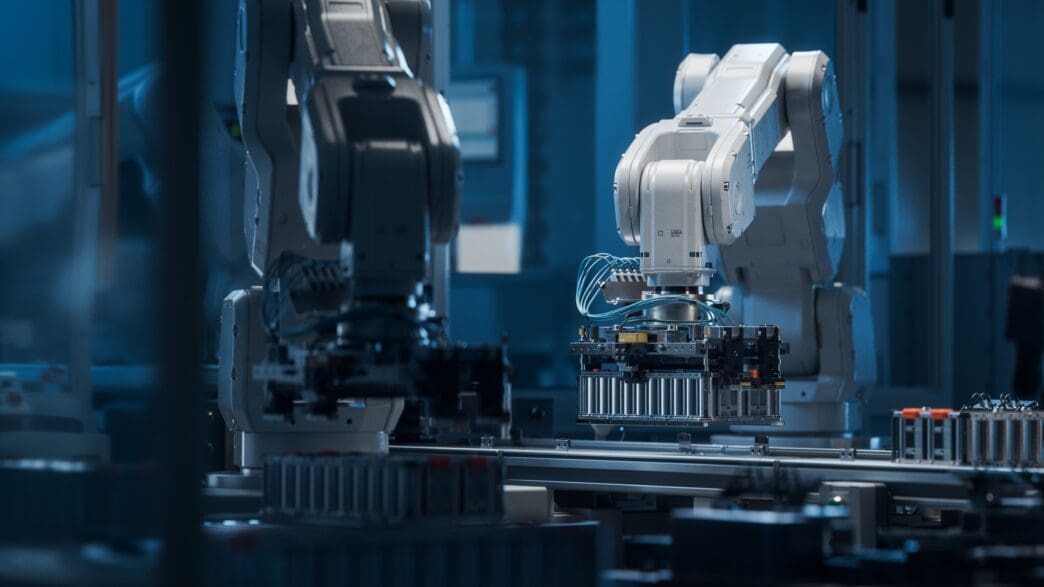Executive Summary
The Story So Far
Why This Matters
Who Thinks What?
U.S. President Donald Trump concluded the final leg of his five-day Asia tour in South Korea on October 29, 2025, engaging in discussions with South Korean President Lee Jae Myung and preparing for a crucial meeting with China’s President Xi Jinping. The visit, set against the backdrop of a North Korean missile test, aimed to advance stalled trade agreements and address regional security concerns. President Trump expressed optimism about a potential tariff reduction deal with China linked to fentanyl precursor chemicals.
Discussions in South Korea
President Trump received a ceremonial welcome in Gyeongju, a historic city hosting the Asia-Pacific Economic Cooperation (APEC) forum, including the presentation of a gold crown and the “Grand Order of Mugunghwa,” South Korea’s highest decoration. His talks with President Lee focused on an unresolved trade deal and South Korea’s pledge to increase defense spending.
President Lee also requested U.S. consent for South Korea to reprocess nuclear fuel to power submarines, a capability currently restricted under a pact between the two nations. While President Trump pledged to help “straighten out” South Korea’s issues with its northern neighbor, officials on both sides downplayed the prospect of an immediate breakthrough on a $350 billion investment deal this week.
President Trump had repeatedly called for a meeting with North Korean leader Kim Jong Un during his trip but stated that the timings would not align. He dismissed a North Korean test-firing of a nuclear-capable cruise missile earlier in the day, indicating his focus remained on economic talks.
Anticipated China Trade Deal
President Trump is scheduled to meet President Xi Jinping on October 30 in Busan. He anticipates reducing U.S. tariffs on Chinese goods in exchange for Beijing’s commitment to curb exports of fentanyl precursor chemicals. The Wall Street Journal reported that the U.S. could potentially halve the 20% tariffs currently imposed on certain Chinese products.
China’s foreign ministry indicated that the meeting would “inject new momentum” into U.S.-China relations, expressing readiness to work together for “positive outcomes.” U.S. officials reported that negotiators from both countries had hashed out a framework for a deal to pause steeper American tariffs and Chinese rare earths export controls, a development that positively impacted global stock markets.
In a potential sign of thawing relations, China also purchased its first significant cargoes of U.S. soybeans in several months, a move that could benefit American farmers. President Trump also stated he would discuss Nvidia’s Blackwell AI chips with President Xi, a critical point in ongoing trade negotiations.
Broader Regional Engagements and Taiwan
President Trump’s extensive Asia tour included various engagements aimed at strengthening trade and security ties. In Malaysia, he announced a slew of trade pacts and oversaw the signing of an expanded truce between Thailand and Cambodia. In Tokyo, President Trump praised Japan’s Prime Minister Sanae Takaichi and signed deals on trade and rare earths, building on Japan’s pledge of $550 billion in strategic U.S. investments.
When asked, President Trump expressed uncertainty about whether Taiwan would be discussed during his meeting with President Xi. He noted that President Xi had previously assured him of no invasion of the democratically-governed island while Trump is in office. Taiwan’s Foreign Minister Lin Chia-lung stated on Tuesday that he was not concerned President Trump would “abandon” the island in his discussions with President Xi.
Key Takeaways
President Trump’s Asia tour underscores ongoing efforts to reshape trade relationships and address security dynamics in the region. While immediate breakthroughs remain elusive on some fronts, the anticipation of a potential tariff deal with China and continued engagement with key allies highlight the complex interplay of economic and geopolitical factors. The visit reinforces the U.S. administration’s focus on securing economic concessions and addressing strategic concerns within Asia.








